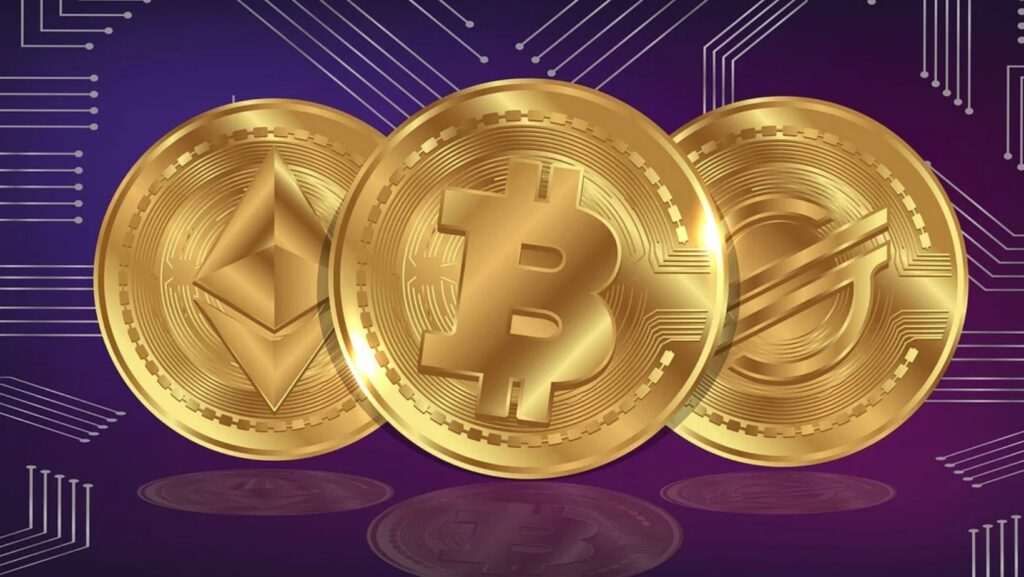
The rise of Non-Fungible Tokens (NFTs) and digital assets in games has posed a major problem for the online entertainment industry: making sure that ownership is real and can be verified. In the past, gaming servers were the only places where players could save their assets. This meant that users only had licenses to use them, not real property rights. This architecture limited the usefulness of assets and caused systemic problems with fake items and markets that were unclear.
The answer to these problems is the development of blockchain technology, especially the use of Layer-2 blockchain gaming solutions, which provide the infrastructure needed for mass-market digital asset verification and easy cross-game ownership. To handle millions of gaming transactions, networks like Polygon, Arbitrum, and Optimism are now necessary.
How Cross-Game Interoperability Became the Next Big Challenge
For true digital property rights to be meaningful, an asset must ideally maintain its identity and value across different virtual environments. This technical goal, known as blockchain interoperability, requires that items created in one virtual world can, in theory, be recognized and utilized in another. While Layer-2 solutions provide the technical capacity for this kind of cross-game ownership, its full realization remains highly dependent on developer agreement and the adoption of universal asset standards. Layer-1 blockchains, especially Ethereum, have fundamental limitations.
Gas expenses and poor confirmation times made these networks unsuitable for online gambling due to huge transaction volumes. The economic and technical friction of Layer-1 made the vision of widely moving a single, valuable asset between multiple titles an ambitious, yet infrastructure-limited, goal.
From NFTs to Verified Assets: Why Ownership Needs a Layer-2 Backbone
Layer-2 solutions operate by executing transactions off the main blockchain (Layer-1) before periodically batching these operations and submitting a single proof back to the main network for final settlement. This architectural shift fundamentally changes the economics and speed of digital asset management. By aggregating thousands of transactions, Layer-2 networks dramatically reduce the computational burden and associated costs, solving the long-standing gas fee problem.
This efficiency is critical for Layer-2 blockchain gaming, enabling developers to mint high volumes of verified, player-owned assets while maintaining full asset traceability through the underlying Layer-1 security layer. The result is a verifiable ledger of ownership that functions at the speed of a traditional online service.
The Efficiency Factor: Why Developers Are Turning to Layer-2 Networks
Developers benefit from Layer-2 infrastructure through reduced operating costs and the ability to build truly transparent digital economies. The better throughput lets studios do complicated, high-frequency activities like trading, creating, and transferring without putting too much strain on the network.
Also, by putting ownership on a decentralized ledger, the system greatly reduces financial fraud and the illegal copying of digital items, which is advantageous for both producers and consumers. The demand for transparent, verified digital procedures extends beyond gaming platforms to other formats, such as the rigorously audited transaction environments required for online casinos in Canada, where the confidence in digital outcomes relies on a verifiable ledger. Every digital thing has an immutable history and obvious provenance with such technologies.
Redefining Trust in the Digital Economy
The integration of Layer-2 blockchain interoperability constitutes a fundamental shift in how digital ownership is conceived. By providing the tools for rapid, low-cost digital asset verification, Layer-2 solutions enable players to assert greater control over their assets and foster emergent digital liquidity. However, this control operates within the framework defined by governing smart contracts, which can impose limits like royalties, platform rules, and specific usage constraints.
This technology is nonetheless laying the groundwork for persistent, open-world metaverse ecosystems where digital property is truly portable and verifiable, moving control away from exclusive centralized servers and toward a cryptographically verifiable ledger. The future of the digital economy rests on this foundation, one where ownership is not merely licensed but technologically validated.


